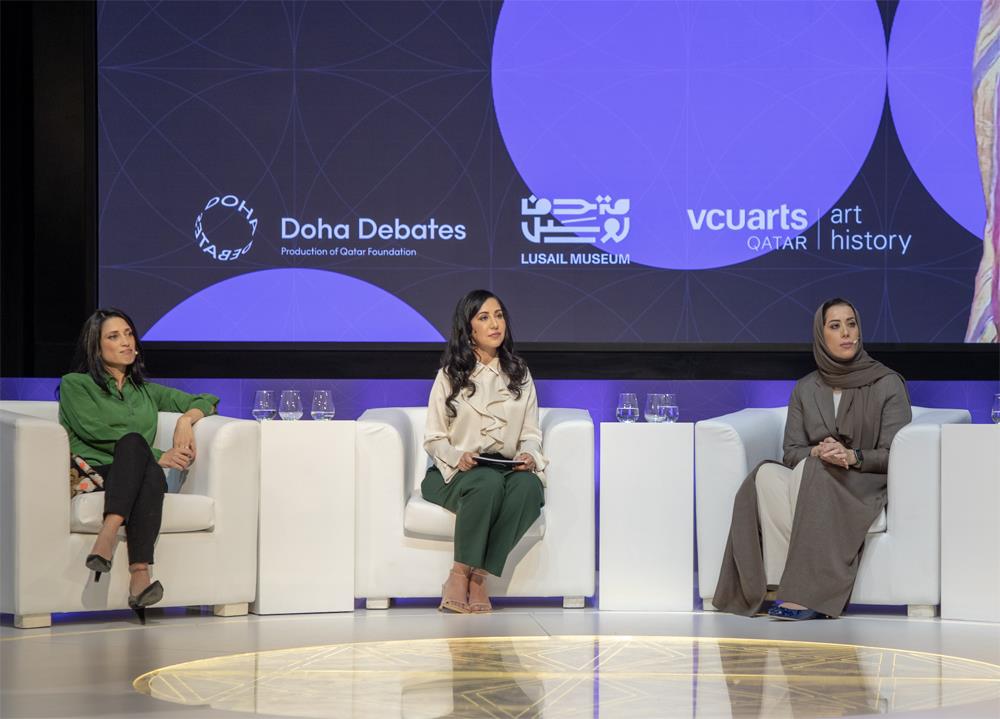
Doha Debates Explores How Eastern Art Is Viewed Through Western Eyes
Doha, Qatar: With artistic portrayals of Arab and Asian identities through the eyes of the West often being inaccurate and leading to negative stereotyping, Qatar Foundation's Doha Debates has delved into how Orientalist art has shaped these perceptions and stereotypes over centuries.
The Doha Debates Town Hall, which took place at Qatar Foundation (QF) partner university Virginia Commonwealth University School of the Arts in Qatar and focused on 'Orientalism Demystified: Eastern Insights on Western Myths', explored whether museums should still present Orientalist works in their collections, given the often negative connotations these artworks carry.
Orientalism began as an artistic, aesthetic movement that examined how the West viewed the Arab, North African and Asian worlds.
In parts of the 18th and 19th Century, art portrayed people from the West as masculine, rational and superior, while those from the East were villainous, barbaric, and exotic, with women in particular depicted as helpless - negative stereotypes still reflective today in modern culture.
But as journalist, author, and commentator Fatima Bhutto explained at the Doha Debates event, Orientalism is not just an artistic movement; it can have real world implications on how people view each other, and can reinforce harmful stereotypes.
“These stereotypes absolutely influence how the West views the East,” she said.
Inaya Folarin Iman, a broadcast journalist, commentator, and trustee of the National Portrait Gallery in London, said:“Often, the most thought provoking and compelling artworks are deeply offensive because they challenge us and ask us to question deeply held taboos.
Kholood Al Fahad, a writer, researcher, and the Deputy Director of curatorial affairs at the Lusail Museum, aired her belief that art from previous centuries is not always created through first-hand knowledge.“Orientalist art is the intersection between fact and fiction, and imagination and reality,” she said.
“It gives a lot of freedom for interpretation, as artists don't have access to what they paint, and therefore can only imagine it, often meaning that the depiction is not accurate."

Legal Disclaimer:
MENAFN provides the
information “as is” without warranty of any kind. We do not accept
any responsibility or liability for the accuracy, content, images,
videos, licenses, completeness, legality, or reliability of the information
contained in this article. If you have any complaints or copyright
issues related to this article, kindly contact the provider above.


















Comments
No comment